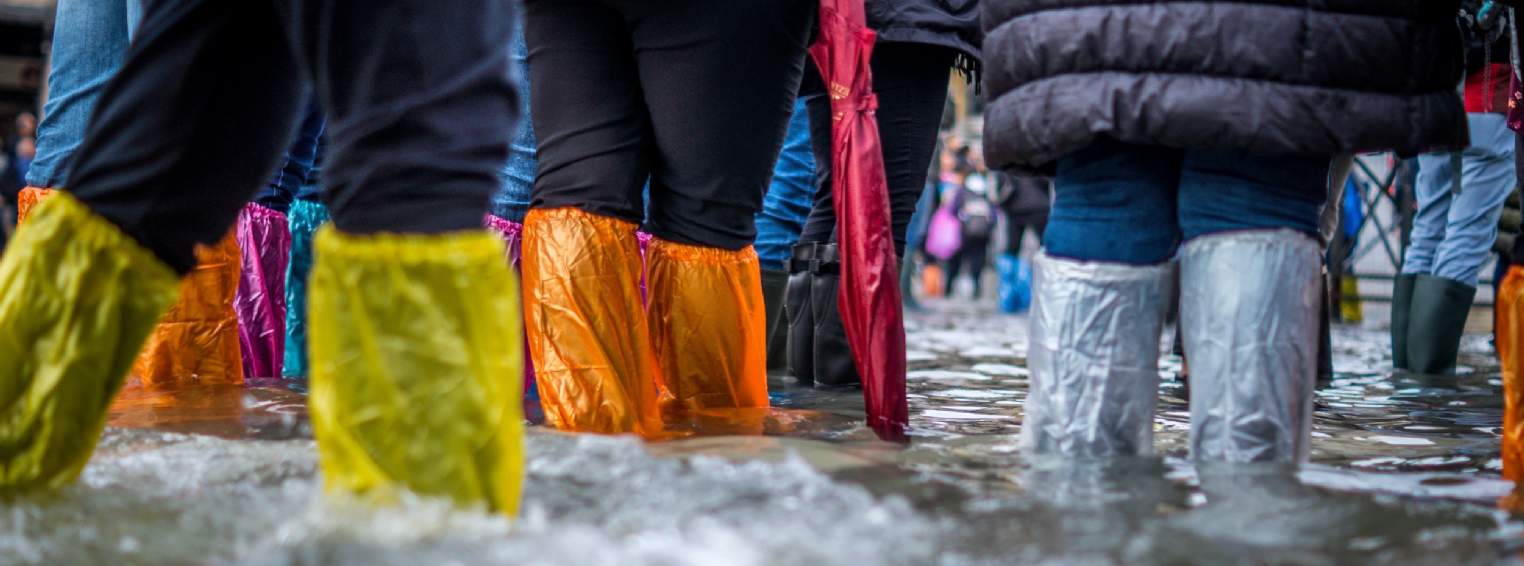While most investors in real estate are now well aware that they need to understand the risks from climate change in order to make wise decisions and minimise their risks, actually getting a full picture of where these risks may lie can sometimes be easier said than done.
Luckily for those new to the topic, the Bank of England has helpfully set out the risks that climate change poses to financial stability under three key headings: physical, transitional and liability. Here we take a look at how each applies to real estate investments.
Physical risks
Probably the easiest to comprehend, this covers the economic costs of natural disasters caused by climate change. Floods, storms and extreme temperatures damage buildings. Increased flooding is a particular concern in this country, particularly for homes on floodplains and low-lying coastal towns.
Even if the temperature only rises by the unavoidable 1.5°C, UK sea levels will keep rising beyond 2100. To cope with it, measures to protect property from damage are required. Fully assessing potential physical risks is therefore crucial to real estate investors, as well as understanding the associated insurance premiums.
Transitional risks
Less well known, these are risks that occur in the move towards a cleaner, greener economy, as businesses face major changes in asset values and business costs.
For real estate investors, this can translate to the green credentials of the buildings they own. Demand is likely to be focused on the most sustainable assets, with buildings that don’t meet the desired criteria or government regulations leaving them as stranded assets. Many investors are getting ahead now to future-proof their assets by upgrading them, changing the use or selling.
Liability risk
This is probably the least known risk area at the moment, and is related to who should be held responsible for climate change issues.
If a business fails to adequately declare climate risk exposure and suffers a loss as a consequence, investors might claim against that business. In the real estate sector this means that accurate reporting is therefore crucial. An increasing number of real estate investors are using the Global Real Estate Sustainability Benchmark (GRESB) to compare their results with peers each year and make improvements.
The Task Force on Climate-related Financial Disclosures (TCFD) has also seen an increase in adoption from the real estate industry as demand for decision-useful, climate-related financial information grows, in advance of the reporting framework becoming mandatory from 2025.
While considering all of these aspects may seem intimidating, real estate investors are used to measuring economic risk, market risk, credit risk, so this is really just another part of the process. Understanding the different risks real estate assets are exposed to can only help investors to position themselves in the best place to reap the potential rewards of a green portfolio.
Further information
Savills Property and Carbon Report

.jpg)
(1).jpg)

.jpg)

.jpg)



